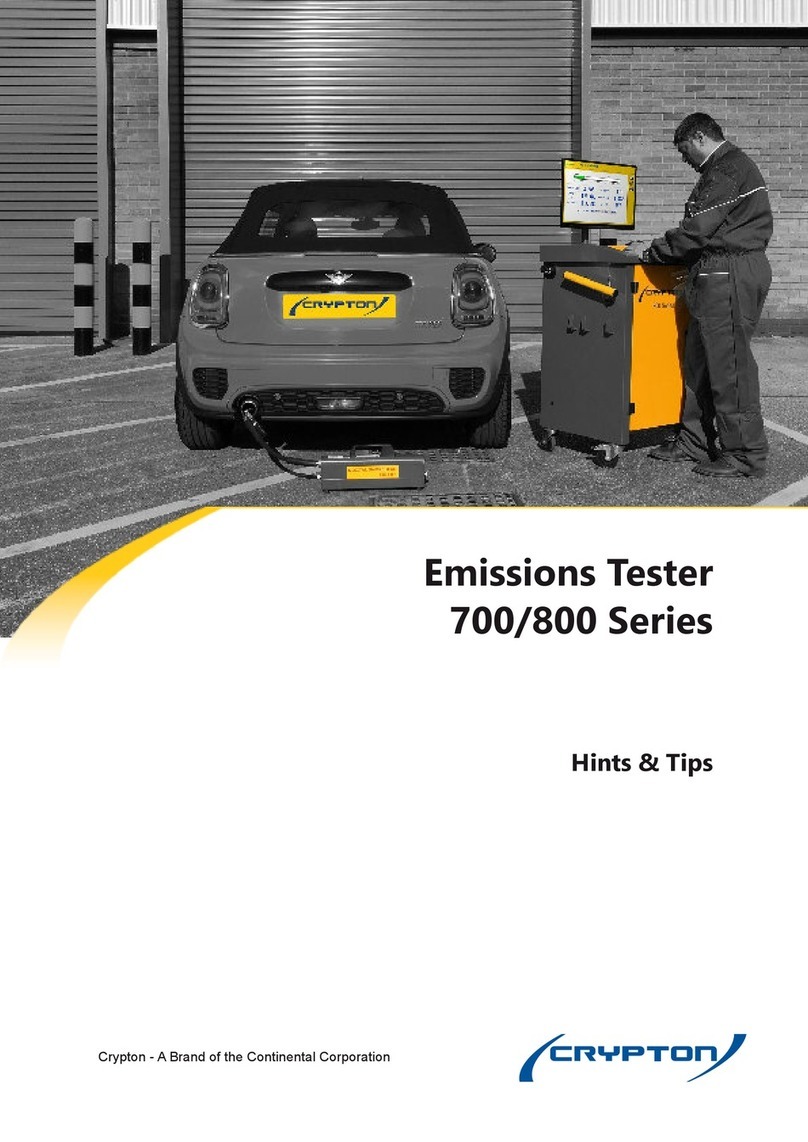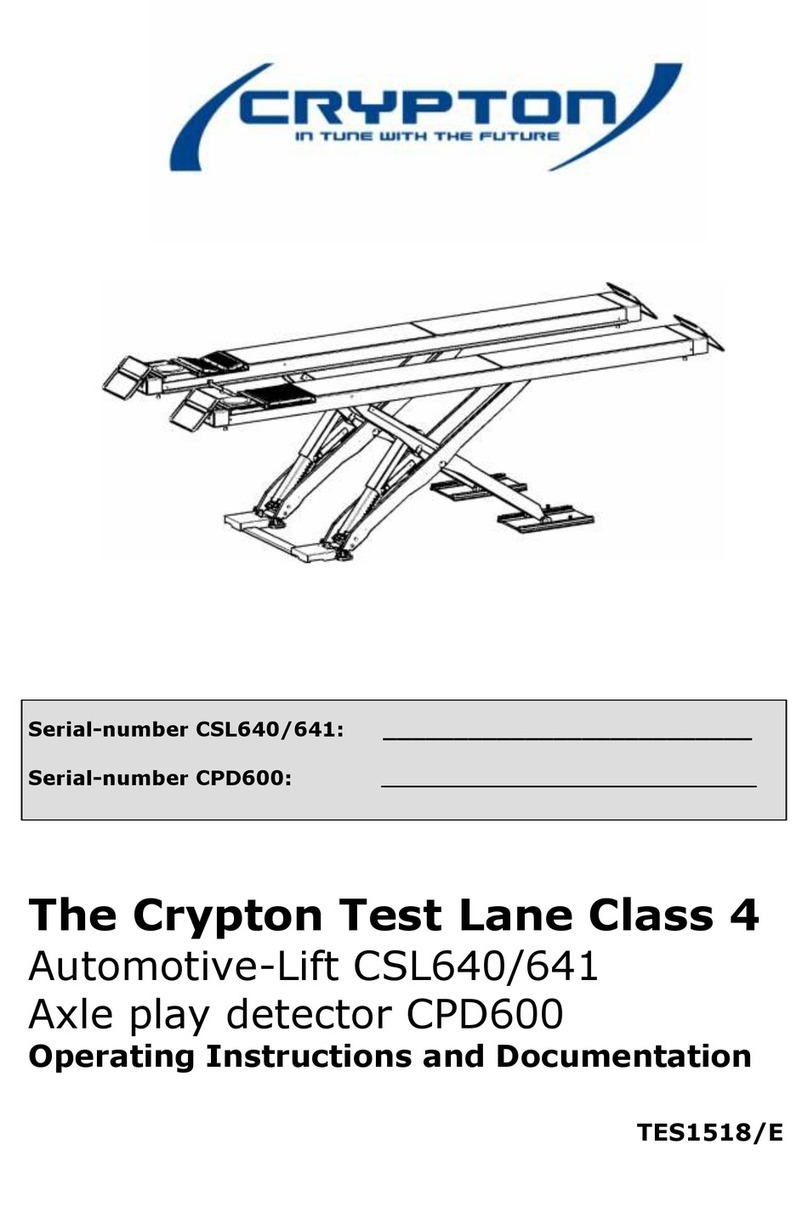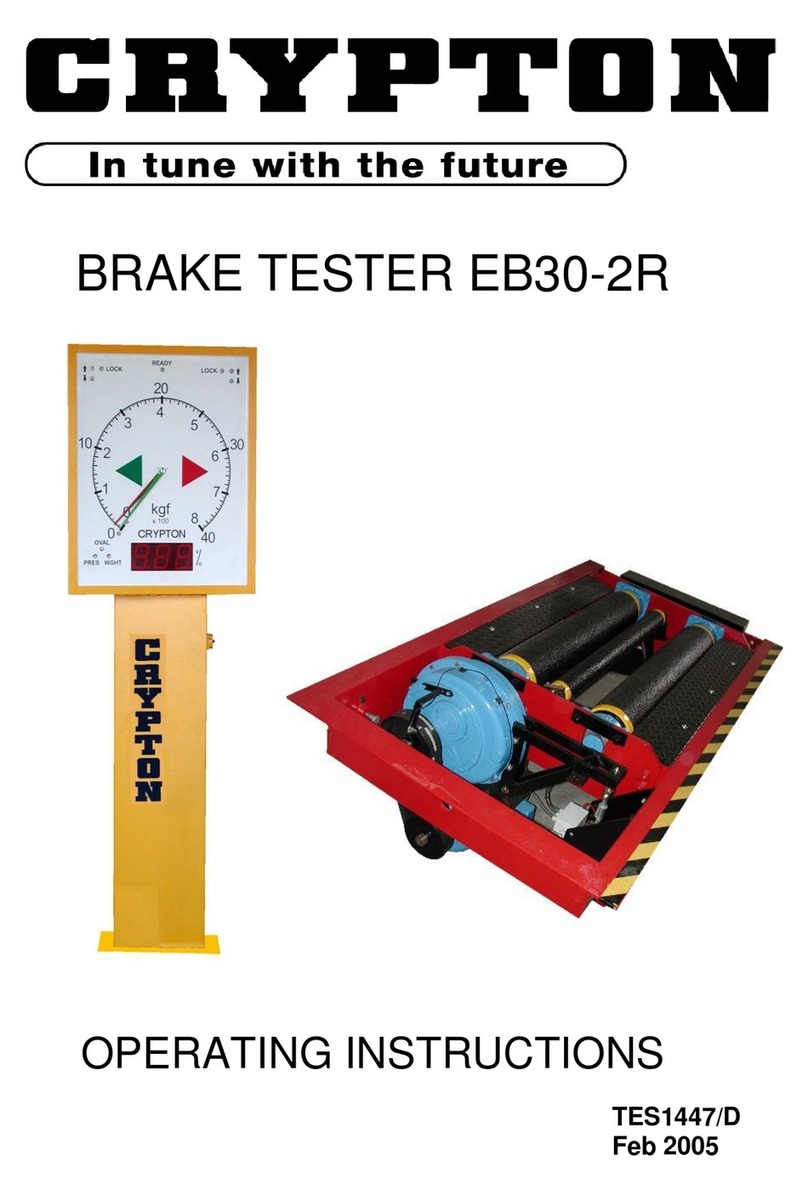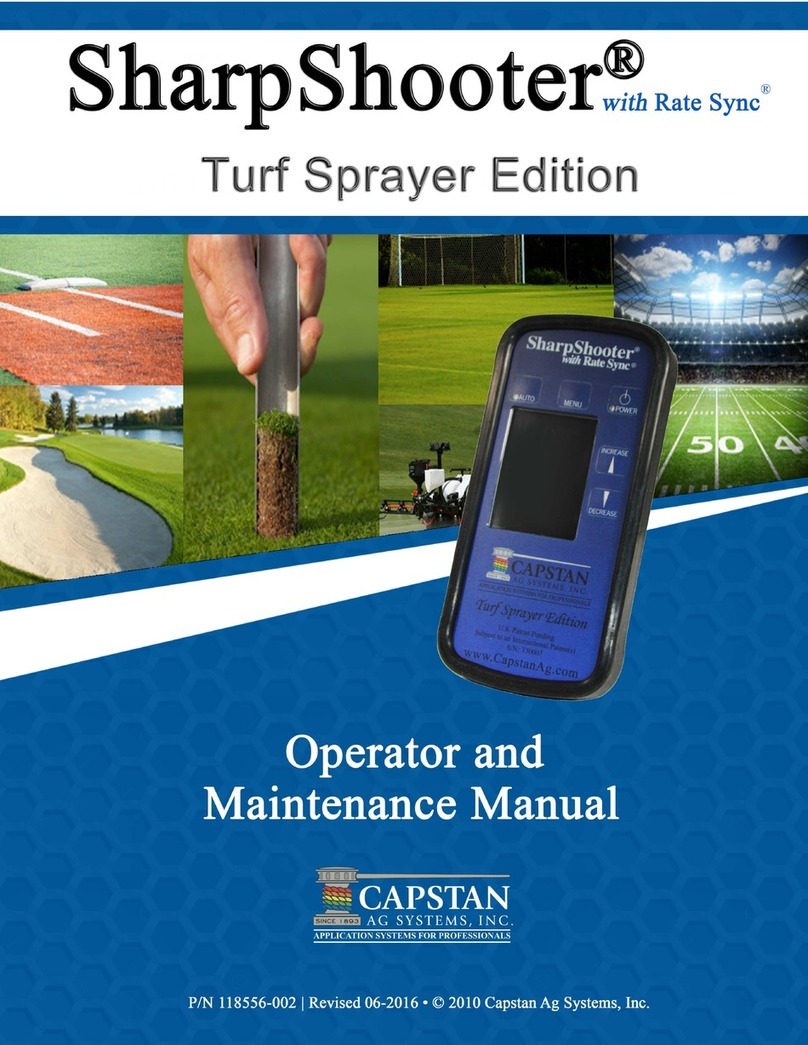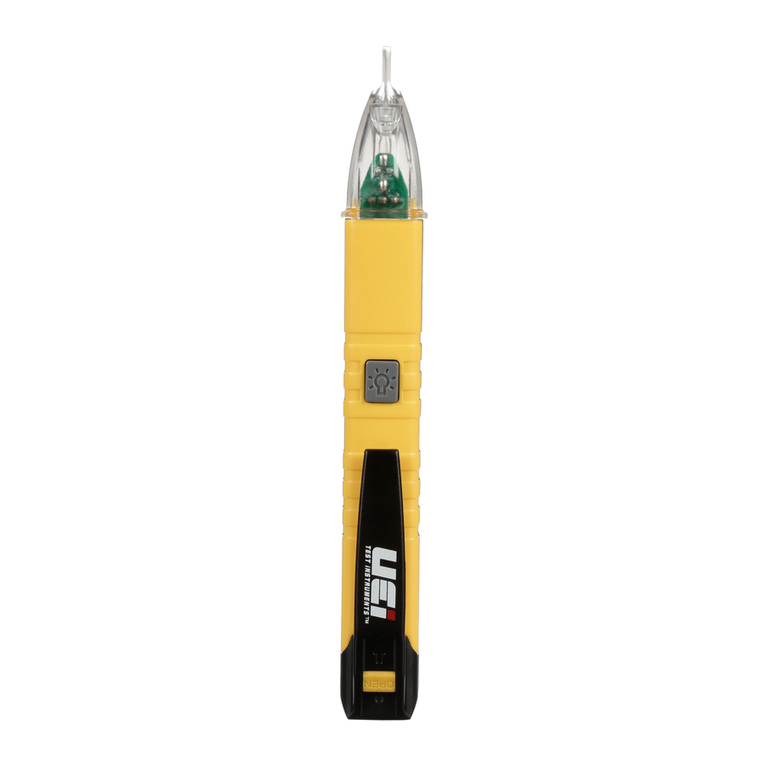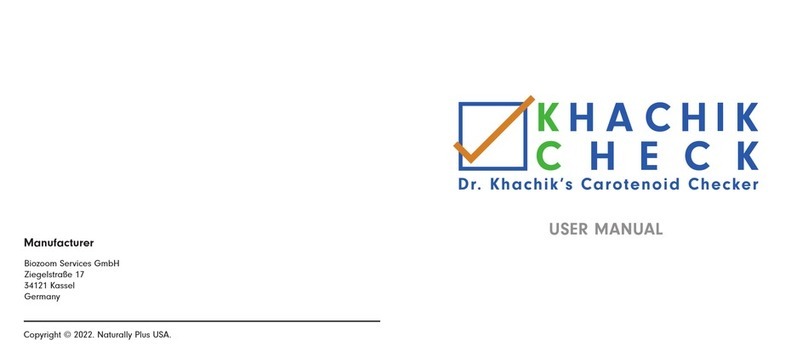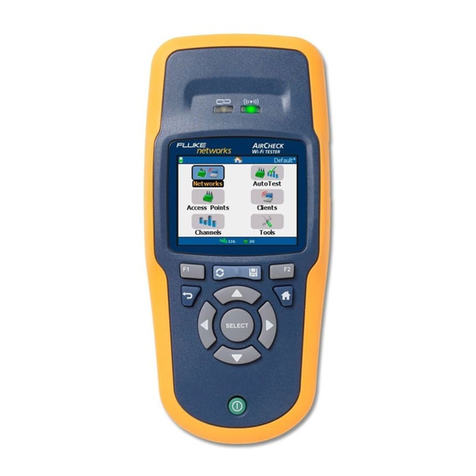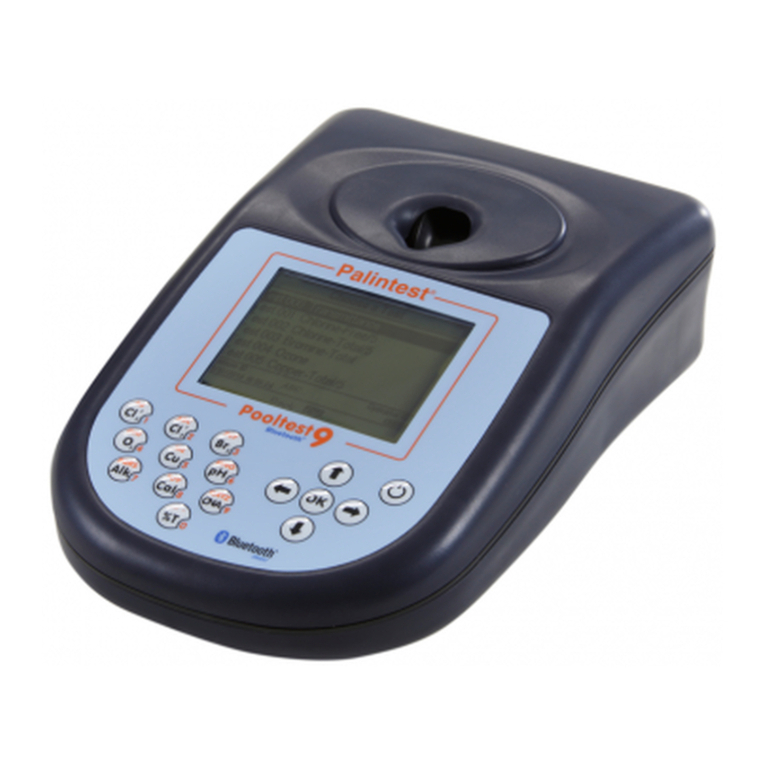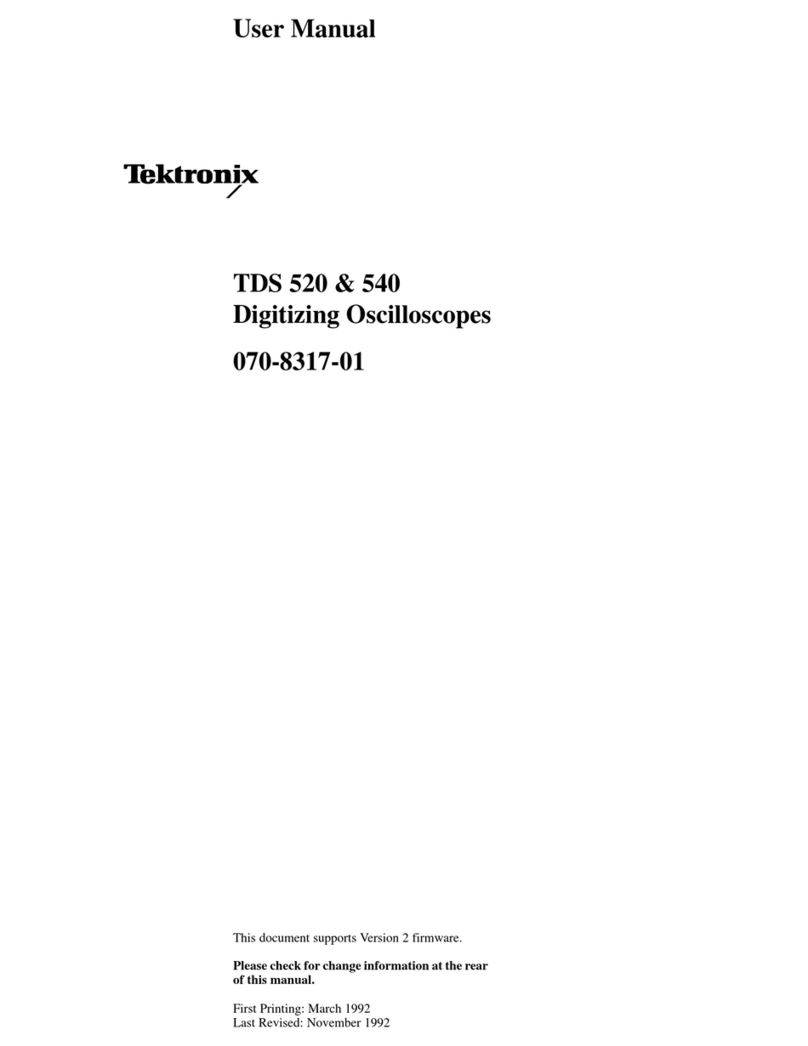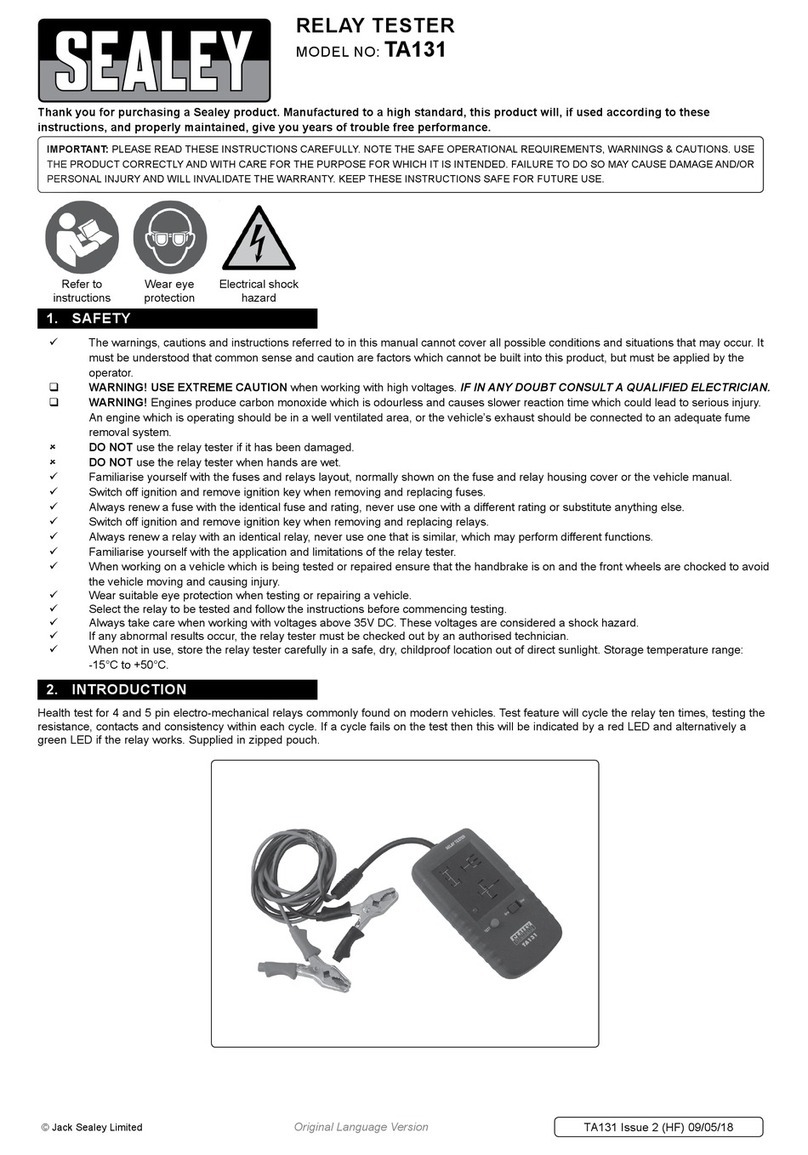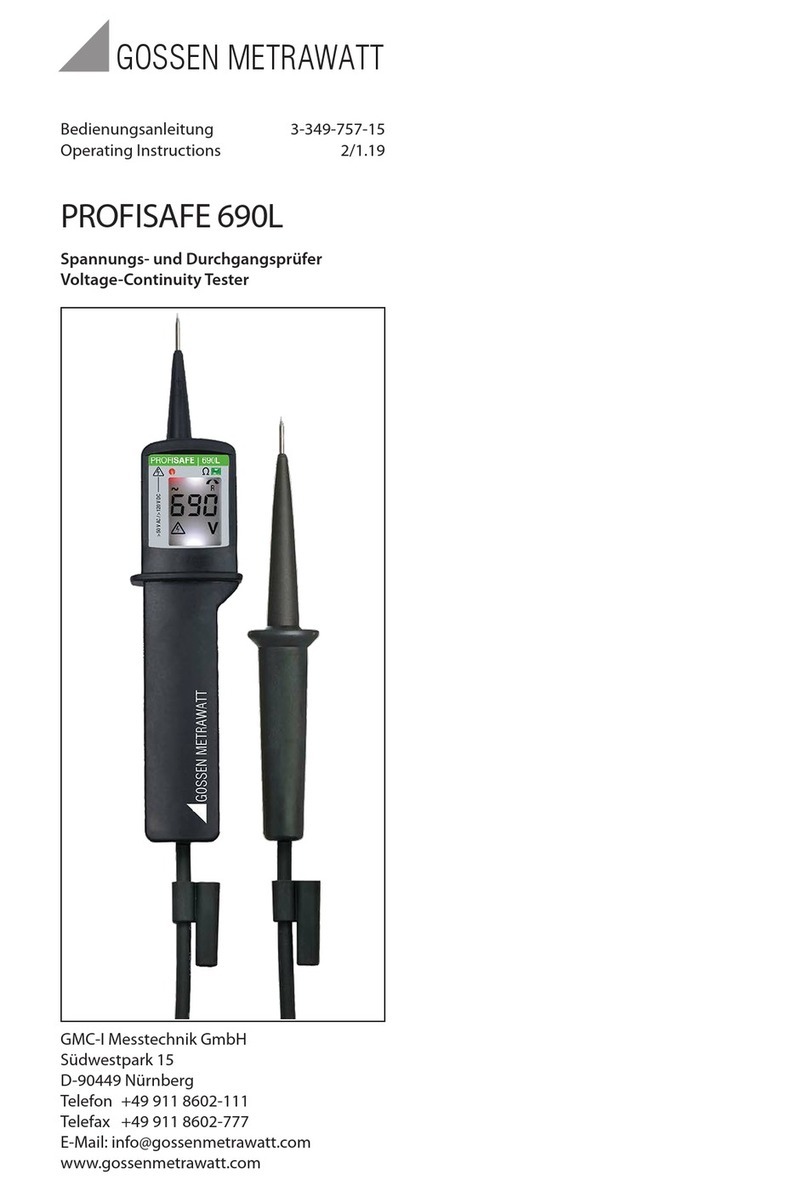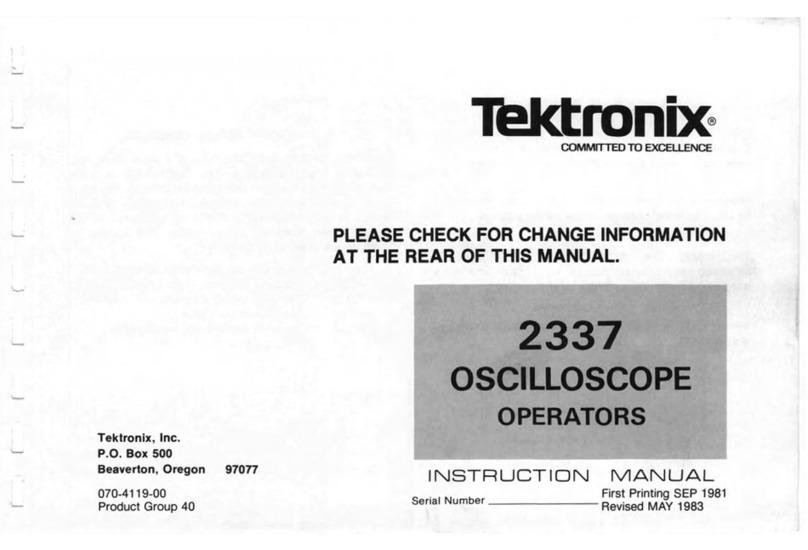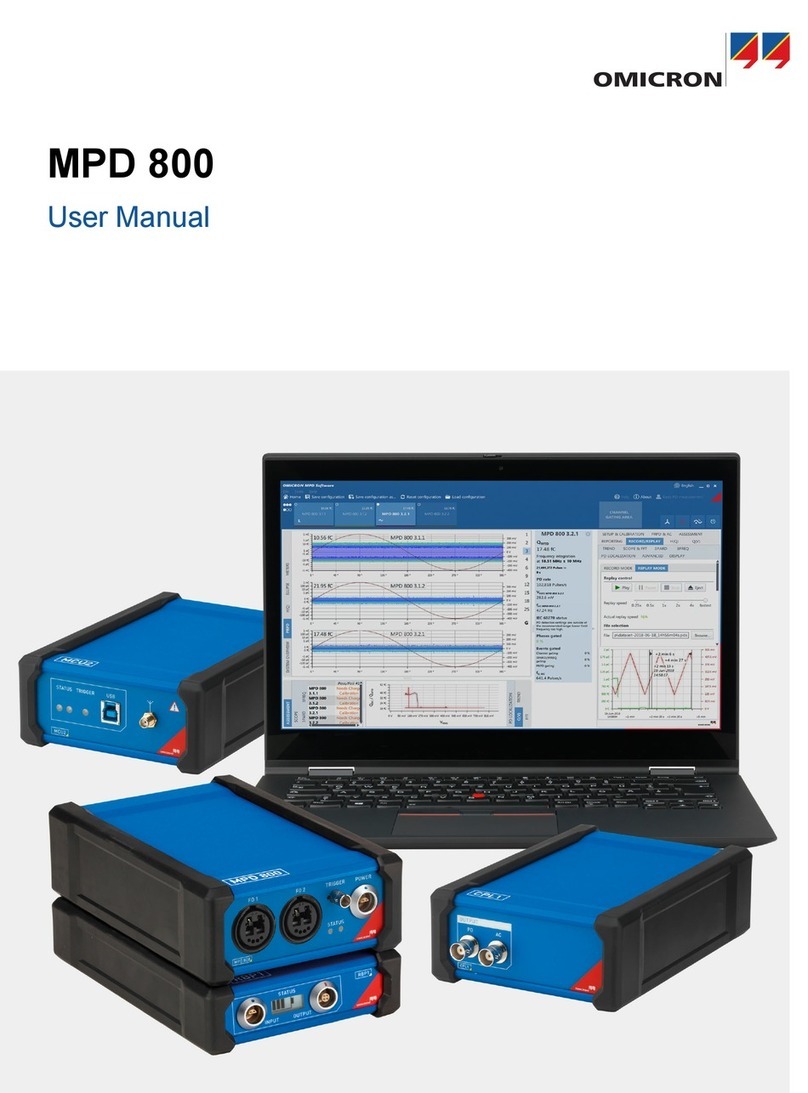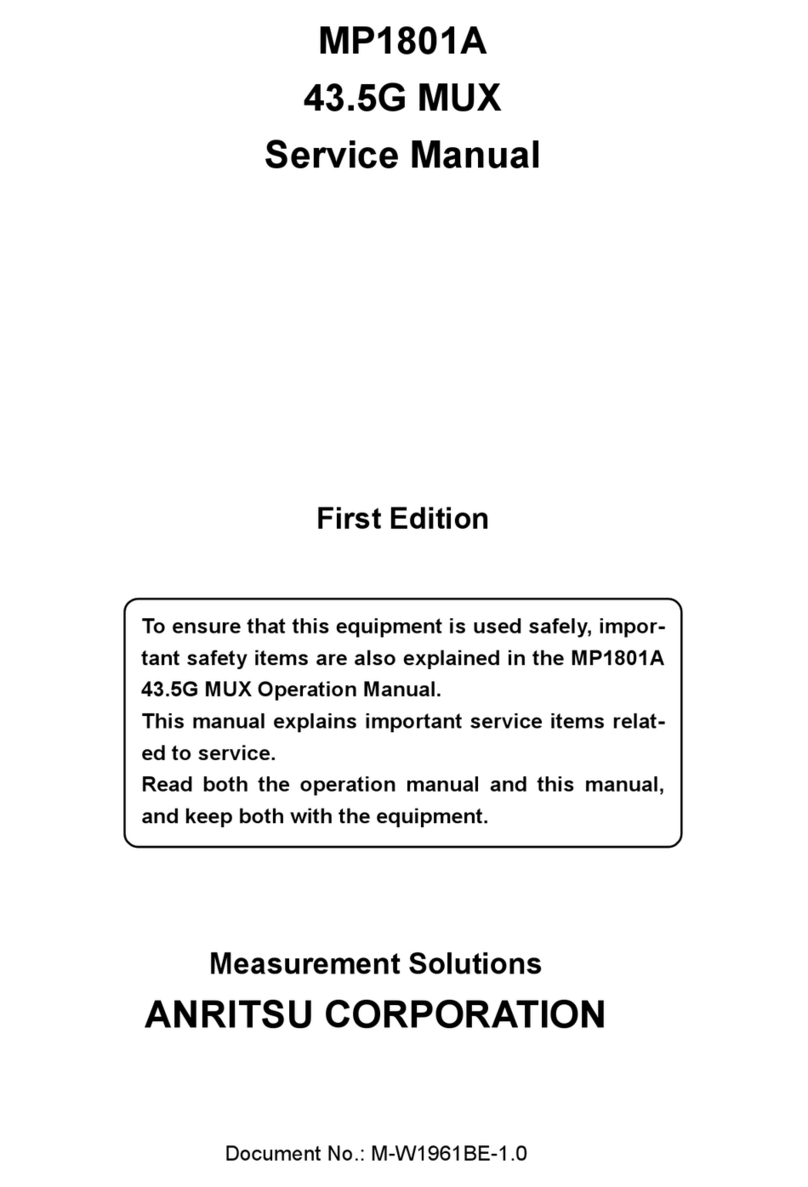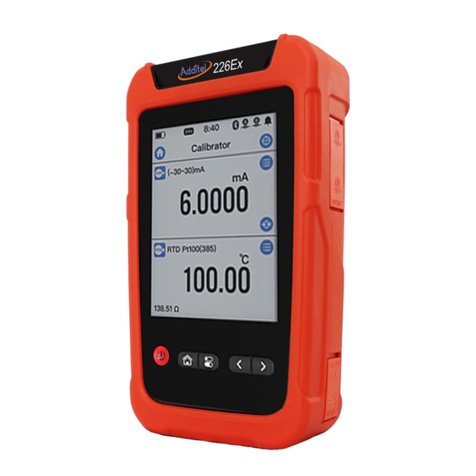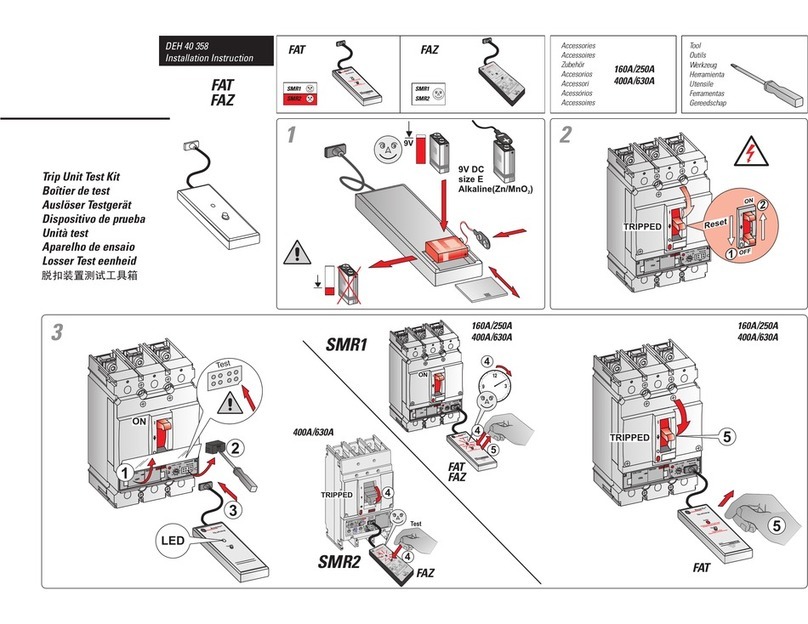CryptOn EB30 User manual

EB30/EC30/630 Upgrade Page 1
Commercial Vehicle Roller Brake Tester.
EB30/EC30/630 Upgrade
OPERATING INSTRUCTIONS TES1343/A
July 2001

EB30/EC30/630 Upgrade Page 2
IMPORTANT
Every reasonable effort has been made to ensure that information within these Operating Instructions is correct
at the time of release, but Crypton cannot accept-responsibility for any errors that may occur.
The information in these Operating Instructions is subject to change without notice, and does not represent a
commitment on the part of Crypton.
Service & Warranty
The reliability of this equipment is fully supported by our service agent.
Please refer to the page at the end of this manual for full details.
Note:
Your attention is drawn to our Terms & Conditions of Sale, particularly paragraph 2. If a service engineer is
called out. under service warranty where, upon inspection and test the equipment is found to be in full working
order and no fault found, the user is liable to be charged the cost incurred for this call out. Before calling out
an engineer, ensure your equipment is faulty by checking its operation, particularly mains supply and fault
codes/self test if applicable.
WARNING:
Do not attempt to operate this equipment unless you have read and understood these
instructions.

EB30/EC30/630 Upgrade Page 3
Index:
Safety procedures for brake testing procedures 2
Description 3
Functions and Facilities 6
PC Brake Diagnostic Program 9
The Theory of Brake Testing 12
Preparing for a Brake Test 14
Automatic Test Procedure (NOT MOT) 15
Manual Brake Test Procedure for Commercial Vehicles (MOT) 17
Manual Brake Test Procedure for Class IV and Class VII (MOT) 23
Maintenance 28
Trouble shooting 31
Terms and conditions of sale 32
After sales service 35
Notes 35

EB30/EC30/630 Upgrade Page 4
Safety procedures for brake testing
! Notice the location of the emergency stop. The switch is located in the
immediate vicinity of the brake tester.
! Read this user’s manual thoroughly before attempting to operate the brake
tester.
! Keep this user’s manual in an easily accessible place.
! Never touch the rollers when the tester is in operation.
! Do not press the third roller down with your hand, foot or any kind of tool.
! Unless authorised, do not remove or make any alteration to any part of the
tester. Contact the supplier.
! Do not use the brake tester for any other purpose than for which it is intended.
! The brake tester must not be used in environments susceptible to explosions.
! Keep unauthorised persons away from the rollers and the wheels of the vehicle
during operation of the tester.
! During service and repair of the tester: Switch the tester off and lock the switch.
! The brake tester will always stop when pressing STOP.
After having pressed STOP, the brake tester can only be restarted by pressing
START or by driving a wheel set onto the roller unit.
! Pressing the emergency stop will stop the brake tester immediately. To restart:
pull the emergency stop back and press the reset key.
! For brake testers fitted with emergency light beam circuit breaker in the pit:
Braking the light beam will stop the brake tester. Reset by pressing the reset key.

EB30/EC30/630 Upgrade Page 5
Description
Main components
1. Emergency stop
2. Display console.
3. High voltage control unit.
4. Roller unit.
5. PC with brake diagnose program
6. Printer
7. Remote control
Accessories:
Base station for wireless air pressure transducers
Air pressure transducers - wireless
Air pressure transducers - cable connected
1. Emergency stop
Press for emergency stop.
Note: Notice the location of the emergency stop before
starting the brake tester. The emergency stop is not
necessarily positioned in the same place at every installation,
however it will always be installed in the immediate vicinity of
the brake tester.

EB30/EC30/630 Upgrade Page 6
2. Display console
1. Top digital display - air pressure, ovality and weight
2. Indicator showing type of information on top display
3. Indicator light - 4WD (accessory)
4. Indicator light - automatic operation
5. Indicator light - manual operation
6. Indicator light - scale range or 0-800 Kgf)
7. Indicator light - scale range 0-4000 Kgf)
8. Scale showing brake force
9. Pointers; red = left, black = right
10. Amber light - zeroing and fault indicator
11. Red lights - wheel locking
12. Green lights - ready for testing
13. Bottom digital display - imbalance, ovality, pressure and weight

EB30/EC30/630 Upgrade Page 7
3. High voltage control.
1. Keyboard.
2. RESET button (resetting of safety relay).
3. Main switch (power supply circuit breaker).
4. Roller unit.
1. Rollers
2. 3rd roller
Fitted with:
Strain gauge transducer.
Speed sensor on third roller.
Speed sensor on gear box
Proximity sensor on third roller assembly
5. PC with diagnostic program
1. On/off switch
2. PC keyboard
3. Monitor
6. Printer
1. On/off switch
2. Paper tray
3. Cover
7. Remote control
1. Keyboard
2. Battery cover
3. Infrared transmitter window

EB30/EC30/630 Upgrade Page 8
Functions & Facilities
The functions and facilities of the brake tester in alphabetical order.
Automatic operation (not for UK MOT use)
In automatic operational mode, the brake tester will start automatically when a
wheel set is driven onto the rollers and stop either when the wheels lock, when stop
is pressed or when driving out of the rollers.
When the brake tester is turned on it is in automatic mode.
It changes to manual mode when registering a vehicle on the PC.
It returns to automatic operational mode after having concluded a test
or after having pressed PRINT.
If STOP has been pressed so that the AUT and MAN lights are lit.
The brake tester will not start up automatically when driving a wheel
set onto the rollers. Then press STOP again before driving onto the
rollers.
Imbalance
In manual operational mode: Press DAFF after having started the rollers. The
difference of braking effect between the left and right wheel is indicated by the
positions of the pointers. The result is shown at the bottom display (as %).
In automatic operational mode: The imbalance is shown when the brake force
exceeds 40 kgf.
You toggle between imbalance and air pressure by pressing AIR and DAFF.
One-wheel operation (accessory).
In one-wheel operation one wheel is rotating whilst the other is stationary.
Press TEST and START. Choose the wheel by using UP for the left wheel and
DOWN for the right one. The display shows which one has been chosen. Press
START to start the chosen wheel.
One wheel operation is used for MOT testing and to test damaged vehicles.
Four-wheel operation. (accessory).
The brake tester can be fitted with a facility to test four-wheel drive vehicles. This
makes it possible to test one wheel whilst the other wheel on the same axle is
reversing to avoid that the torque is transmitted to other axles during the test.
Brake force is measured only on the non-reversing wheel.
Press 4WD. Drive the first set of wheels onto the rollers and press START. The
green light lights up on the side of the wheel to be tested and the relevant pointer
shows the brake force. Press OK to store the result. Press START to test the other
wheel and press OK to store the result.

EB30/EC30/630 Upgrade Page 9
Choose which wheel to be tested first before starting the test: Press 4WD once to
choose the left wheel (indicated by the left light). Press 4WD again to choose the
right wheel to be tested first. Press a third time to return to normal operation.
Parking brake.
The parking brake is tested in the same way as the foot brake. It is therefore not
necessary to make special concessions for testing the parking brake.
However in manual mode it is necessary to indicate when the parking brake is to
be tested. The reason is that special calculations are used for the parking brakes.
With a wheel set on the rollers press START and choose the transducer using the
UP and DOWN keys. Press START again to start the rollers. Press PARK to
indicate the test of the parking brake.
The bottom display shows momentarily the number of the relevant parking brake,
for example P1. Then the bottom display shows the pressure PM. The top display
shows the chosen pressure Pc.
Printed report.
A report can be printed after a test in manual operational mode. Press the PRINT
key after the last axle has been tested and accepted.
The report shows all relevant calculations both of each individual axle and of the
whole vehicle. The report can also contain relevant graphs.
The content and layout of the report is set up in the program on the PC.
Holding the result on the display.
In both manual and automatic mode the pointers and the LED displays will remain
showing the results after locking the wheels until either restarting the tester,
pressing OK or after 5 minutes have elapsed.

EB30/EC30/630 Upgrade Page 10
Symbols.
The following symbols will appear on the LED display:
Parking brake and number.
Accept of signal from remote control
Emergency stop activated
The brake tester is locked and does not communicate with PC
The brake tester transmits signal to printer
Imbalance in %
Ovality in %
Testing left secondary brake.
Testing right secondary brake
Testing left parking brake.
Testing right parking brake

EB30/EC30/630 Upgrade Page 11
PC Brake Diagnostic Program
With diagnostic program, the performance of the brakes of a vehicle can be
analysed in details. The results can be analysed graphically in many ways and
stored for later comparison. The program is very user friendly and supported by a
comprehensive help system. Pressing F1 will provide the answers to most
questions. The text in the help program is dependent upon the content on the
screen and provides clear and relevant answers.
The program is easy to use. Choose menu items and buttons on the screen with
the arrow keys and press ENTER. Fill in the cell on the screen with the
specifications you are asked for by the program (You will find the instructions on
the bottom line of the screen). This insures correct and easy use.
Registration of a vehicle.
For manual testing of a vehicle it must be registered on the PC. If the vehicle has
not been tested on the brake tester before, it is necessary to key in some
specifications. If it has been tested before a lot of the specifications are stored in
the program and can easily be transferred to the new test.
Choose BRAKE TEST on the menu. If the vehicle has been registered before on
the tester, choose OPEN VEHICLE DATA and find the registration number on the
list.
If the vehicle has not been registered before:
Choose “ENTER VEHICLE DATA” and fill in the form on the window:
Name: (name of owner of vehicle) optional
Address: (address of owner) optional
Address: (address of owner) optional
Zip Code: (postal code) optional
City: (town) optional
Telephone no.: (Customers phone no.) optional
Job no.: (Internal job no.) optional
Tested by: (Initial/name of operator) optional
When the key-in data are satisfactory, choose OK.
Choose the relevant type of vehicle.
Choose “Other brake type”
Choose whether or not a trailer is hitched.
A new window appears:

EB30/EC30/630 Upgrade Page 12
Make: (Make of vehicle) Obligatory
Reg. No. (Registration no) Obligatory
Man. year (Year of manufacture) Obligatory
Gross vehicle weight (maximum allowed weight) Obligatory
Actual vehicle weight (Weight at time of test) Optional
No. of axles: (Number of axles to be tested) Obligatory
Mileage: (Mileage at day of testing) Optional
Remarks (Any relevant remark) Optional
When the data of the vehicle has been opened or keyed in they must be
transferred to the brake tester. Choose START BRAKE TESTING from the main
menu. Perform the brake test as described in the chapter "Brake testing, manual
mode"
After the completion of the test, the results can be printed out on a colour printer
and/or processed graphically on the PC - see below.
Printouts
A series of printouts can be performed on the colour printer.
You can choose between a:
Graphical processing of the results.
The results can be studied in details by using the graphical facilities in the PC
program. The results can be analysed immediately after the test, or data from an
earlier test can be called from the memory of the PC.
After the completion of the test you can choose between the before mentioned
user designed standard printout set-up or a specially designed printout. The user
designed printout is described in menu point CONFIGURATION - STANDARD
PRINTOUT. The special designed printout is described in a similar menu. Choose
the desired specifications by marking them with " " using the space key for setting
or removing the tick.
You can choose from different types of graphs, tables and calculations in the PC
program:
Brake force - PC graph -when air pressure has been measured
For each axle the brake force is shown as PC . The graph shows the relation
between the brake force and the pressure in the cylinder on each axle. This will for
example detect defective valves.
Time graph -when air pressure has been measured.
For each axle the graph shows the brake force and air pressure as they are
developing with time elapsed. If the brake pedal was released whilst the display
showed "U" the thick line shows increasing brake force whereas the thin line shows
the brake force when releasing the brake pedal.
PC - PM graph -when air pressure has been measured.
The graph shows the development of the air pressure in the cylinder in comparison
with the pressure in the main line. The pressure in the cylinder is shown on the Y-

EB30/EC30/630 Upgrade Page 13
axis and the main line pressure on the X-axis. -The graph is used for analysing the
function of the reduction valve.
Retardation graph -when air pressure has been measured.
The retardation graph shows the main line pressure on the X-axis and the
retardation on the Y-axis
Result as table.
The table shows all recorded values of brake force and air pressure. The results
are projected on line with the values recorded simultaneously on the same line.
Results summary.
The result summary shows the vehicle’s braking performance and forces at the
point of locking together with the calculated ovality, imbalance and retardation.

EB30/EC30/630 Upgrade Page 14
The Theory of Brake Testing.
Brake testing on roller brake tester.
Measuring the brake force is done as described in the following: An asynchronous
motor turns the wheels of the vehicle. The brake force of a wheel affects the rollers
with a torque, which is measured electronically. The torque is in proportion with the
brake force, which therefore can be shown on the dial display with a high degree of
accuracy.
Brake test on rollers offers several advantages:
Imbalance.
Imbalance is the difference in brake force between the right and the left wheel on
the same axle. The imbalance is measured progressively during the test and is
converted into % before it is shown on the display.
The imbalance in % is calculated as the difference in % of the highest actual brake
force. For example:
Class IV and Class VII:
If, in a given time the brake force on the right side is 200 kgf and on the left
side is 220 kgf. The difference is 220 -200 = 20 kgf. Must not exceed 25%
The highest brake force is 220 kgf. The imbalance is then:
220 -200 x 100 = 9%
220
HGVs and PSV:
On commercial vehicles the imbalance is the difference between the brake
force measured at the time of locking of the wheels on the same axle. It is
only obligatory to measure imbalance on the steering axles (MOT
regulations).
The imbalance on the steering axle on commercial vehicles must not exceed
30%.
If the imbalance is too great, the vehicle will have a tendency to be drawn to the
side with the highest brake force when applying the brakes. In critical situations a
sideslip is eminent.
Ovality.
Ovality is a description of varying brake force measured during one revolution of a
wheel at a constant brake pressure. Often this is caused by oval drums or uneven
brake discs. Ovality can also indicate broken or rusty drums or discs. The values is,
like brake force, measured as kgf. However it can also be shown as a percentage
of the actual brake force.
MOT does not accept an ovality of more than 70%.
Brake Pedal Pressure. (Available as accessory).

EB30/EC30/630 Upgrade Page 15
The pressure asserted by the foot on the brake pedal is called the brake pedal
pressure. Especially interesting is the highest brake pedal pressure measured at
the moment the wheels lock. The highest brake pedal pressure must be less then
50 - 70 kilos depending on the type of vehicle. Greater brake pedal pressure can
be caused by worn brake pads or for example defective brake booster or reduction
valves.
Rolling Resistance.
The rolling resistance is the brake force measured during a test without activating
the brake pedal. Dragging brakes, maladjusted brakes or defective valves can
cause this. A high rolling resistance can cause considerably wear of the tyres, and
on the brake pads and can result in higher fuel consumption.
Calculated brake force.
It may not always be possible to measure the maximum brake force on a roller
brake tester. The reason for this is that the point of locking of the wheels will be
reached sooner if the vehicle is not fully laden. It is therefore necessary to calculate
the brake force at a higher pressure. The calculation is done using the measured
maximum brake force, the measured maximum pressure and the allowed total
weight of the vehicle. This calculation will reveal how the vehicle’s brakes will
perform during an emergency stop.
Gross vehicle weight.
This is the allowed maximum weight of the vehicle and payload according to the
law.
The maximum weight is noted in the vehicle’s registration papers. This weight is
being used for the calculation of the braking ability of the vehicle.
Guaranteed pressure.
The guaranteed pressure is the lowest legal level of the highest attained pressure
at maximum braking action. This pressure is also used for calculating the braking
ability of the fully laden vehicle.
PC-pressure. When air transducers are fitted.
The pressure measured in a brake cylinder when being tested.
PC-start pressure. When air transducers are fitted.
The pressure measured in a brake cylinder at the moment braking effect begins.
PM-pressure. When air transducers are fitted.
The pressure measured in the main air line leading to the trailer. For vehicles with
Duomatic valve this pressure is called the duomatic pressure.

EB30/EC30/630 Upgrade Page 16
Preparing for a Brake Test.
Turn the power on at the main switch of the brake tester and press RESET.
Turn the power on by turning the switch to "I". Press the RESET button, which is lit
up. This turns on the safety system.
Do not drive the vehicle onto the rollers until the amber zero indicator is turned off.
The brake tester cannot operate as long as this light is lit.
During this procedure the brake tester checks the electronic system and zeros the
settings. When the tester is not in use the zeroing is performed at regular intervals
with only seconds apart.
.
When the amber light is turned off the brake tester is ready for use.
It is in automatic mode for a quick test.
For manual mode, register the vehicle on the PC before driving it onto the rollers.

EB30/EC30/630 Upgrade Page 17
Automatic Brake Test Procedure.
- NOT ALLOWED FOR MOT TESTING!
Automatic operation provides the following advantages:
The brake tester starts automatically when a wheel set in driven onto the rollers
and is stopped either when the wheels lock or when the wheel set is driven out of
the rollers, or manually by pressing STOP.
The brake tester will start up in the automatic mode and remain here if no vehicle is
registered on the PC. The tester is always left in automatic mode after conclusion
of a test.
Note. Automatic mode does not provide many facilities such as registering the
vehicle, measuring air pressure nor is the analytic facility available.
Automatic operation is a way of performing a quick and simple test on all types of
vehicles, and recommended when that is all, which is required.
Testing Procedure:
1 Drive the first axle onto the rollers.
2 Wait for start and green light.
3 Measure ovality at 100 - 500 kgf.
4 Slowly increase the brake force.
5 The brake tester stops automatically when the wheels lock.
6 Tests the parking brakes.
7 Repeat the test on the remaining axles.
1 Drive the first axle onto the rollers.
The bottom display shows "U" for each wheel placed on the rollers. Both
wheels must be on the rollers before the brake tester will start.
2 Wait for start and green light.
A moment after the wheels have been placed on the rollers, the brake tester
will start automatically. When the tester is ready the red lights will turn off and
the green lights will turn on. Do not assert pressure on the brake pedal until
the green lights are turned on.
Before pressing the brake pedal the pointers show the rolling resistance.
When applying the brakes the pointers show the brake force, whereas the
bottom display shows the imbalance when the brake force exceeds 50 kgf on
both wheels.
3 Measure ovality at 100 - 500 kgf.

EB30/EC30/630 Upgrade Page 18
To measure ovality takes approximately three seconds. Press gently on the
brake pedal until the pointers are at 500 kgf for commercial vehicles (100 kgf
for cars). Keep the pressure steady and press OVAL to start the test. Follow
procedure in MOT manual for relevant class of MOT testing.
The symbol "()" is showing on the bottom display together with the largest
ovality in %. The arrows show, which side has the largest ovality. The top
display shows the ovality of the individual side as kgf.
Keep a constant pressure on the pedal until the imbalance symbol "<>"
appears on the bottom display, this indicates that the ovality test has been
completed. Now the top display shows the ovality on both the right and the left
wheel and the bottom display shows the imbalance between the wheels again
as a percentage.
4 Slowly increase the brake force.
Press the brake pedal slowly down and notice the movements of the pointers,
they must follow each other without too much difference.
5 The brake tester stops automatically when the wheels lock.
The brake tester stops automatically just before the wheels skid on the rollers.
This is to avoid unnecessary wear to the tyres.
The pointers will remain at the position they had just before the wheels
locked. They will keep the position until the brake tester is restarted. The
display will show the greatest imbalance measured during the test. If ovality
was measured, the top display will show the ovality of both wheels.
If locking of the wheels has not been reached, the tester can be stopped by
pressing STOP on the remote control or on the keyboard. The pointers will
remain in the brake force they showed at that moment and the display will
show the greatest imbalance measured during the test. The brake tester will
attempt to restart after approximately 2 seconds. If it has been stopped by
pressing STOP, it will only start again by pressing the START button
6 Tests the parking brakes.
On axles on which the parking brake is fitted, test it after having tested the
foot brakes. When the wheels have locked the brake tester will stop for 2
seconds and will then restart. Now slowly apply the parking brake until the
wheel locks.
7 Repeat the test on the remaining axles.
After having tested an axle, drive the vehicle forward to place the next wheel
set on the rollers. Remember that the two "U"s must appear on the display to
indicate that both wheels are in place before you can start the test.

EB30/EC30/630 Upgrade Page 19
Manual Brake Test Procedure
Procedure for MOT testing commercial vehicles.
The brake tester starts up in manual operational mode when you register the
vehicle on the PC. This facilitates the use of the analytic facilities which aids the
identification of faults in the brake system.
Manual operational mode is used for all vehicles with mechanical, hydraulic and air
brake systems, and when a thorough and detailed analysis is wanted and when
conducting a MOT test.
Procedure:
Follow the brake test procedure detailed in the latest version of the relevant
MOT inspection manual.
1) Ensure there is no vehicle in the rollers
2) Switch on Console
3) Press white RESET button (to the right of safety stop)
4) Switch on PC
5) WAIT for ‘jumping men’ and PC password screen
6) Enter password (default = 123456) and press RETURN
7) If PC has a blank screen, ensure BRAKETEST in top Left Hand corner is
highlighted and press RETURN
8) If the vehicle is in the database, highlight ‘LOAD VEHICLE DATA’ and press
RETURN (In not in database, use ENTER VEHICLE DATA, SAVE VEHICLE
DATA and then do step 8)
9) Highlight vehicle registration in the list and press RETURN
10)
Highlight ‘BEGIN A BRAKETEST’ in list and press RETURN top LH lights on
console should switch from AUTO to MANUAL
11) Get in vehicle and use handset from now on
12) Drive front wheels of vehicle into rollers, lower display = U 1 U
13) Press START, both rollers should start, wait for two green lights
14) Centre vehicle in rollers and apply brake to about 500kgf and hold steady
15) Press OVALITY, wait about 5 seconds for readings to stabilise

EB30/EC30/630 Upgrade Page 20
16) Press STOP
17) Press OK to store ovality result for front axle
18) Press START, left roller only should start, wait for LH green light
19) Apply foot brake smoothly until front LH wheel locks and roller stops
20) Press OK to store front near side brake result
21) Press START, right roller only should start, wait for RH green light
22) Apply foot brake smoothly until front RH wheel locks and roller stops
23) Press OK to store front off side brake result
24) Drive rear wheels of vehicle into rollers, lower display = U 2 U
25) Press START, both rollers should start, wait for two green lights
26) Centre vehicle in rollers and apply brake to about 500kgf and hold steady
27) Press OVALITY and wait about 5 seconds until readings stabilise
28) Press STOP
29) Press OK to store ovality result for rear axle
30) Press START, left roller only should start, wait for LH green light
31) Apply foot brake smoothly until rear LH wheel locks and roller stops
32) Press OK to store rear near side brake result
33) Press START, right roller only should start, wait for RH green light
34) Apply foot brake smoothly until rear RH wheel locks and roller stops
35) Press OK to store rear off side brake result, WAIT for lock and key symbols to
appear and disappear.
36) Press PARK to start test of parking brake lower display = UP1 S U
37) Press START, left roller only should start, wait for LH green light
38) Apply parking brake smoothly until wheel locks and roller stops
39) Press OK to store rear near side parking brake result, lower display = U SU
40) Press START, right roller only should start, wait for RH green light
This manual suits for next models
2
Table of contents
Other CryptOn Test Equipment manuals
